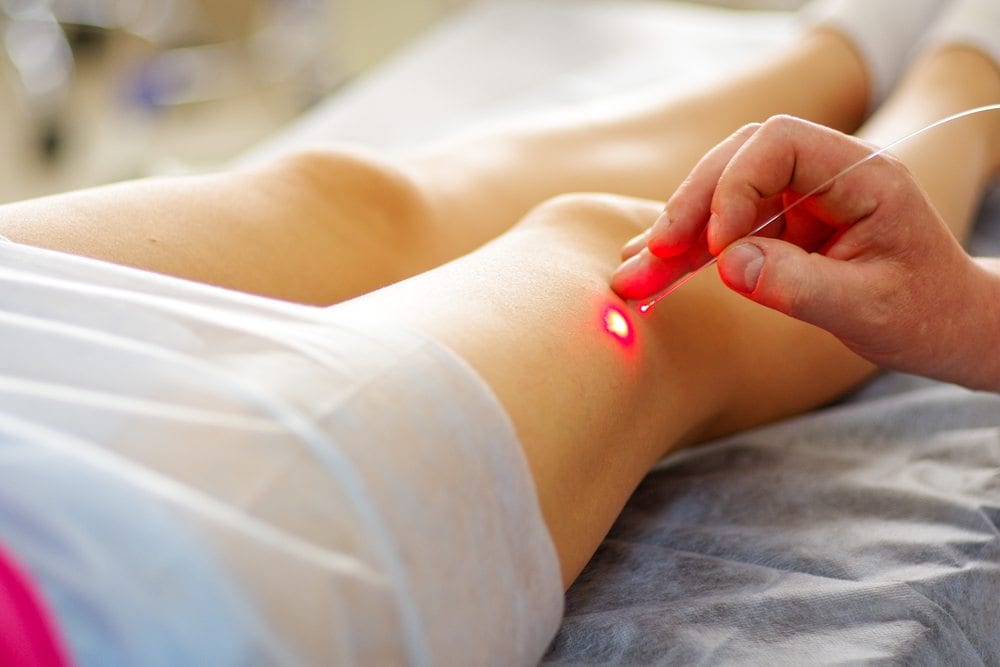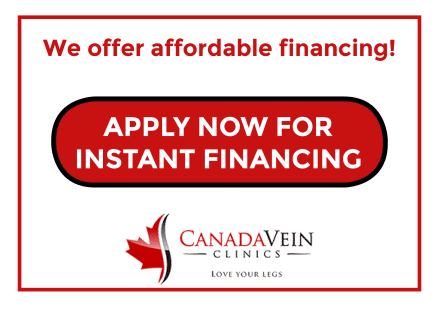You will often hear that varicose veins don’t cause significant harm, and for the most part this is true. Many people who seek treatment for varicose veins simply dislike the way they look and desire a cosmetic solution to remove them. There are those, however, who are content with the appearance of their legs, even if they have varicose veins; they may not yet be interested in treatments that can alleviate their vein condition. Whichever category you fall into, it’s important to note that varicose veins left untreated can cause adverse reactions in your body. Even if you have varicose veins, but aren’t experiencing any discomfort, allowing them to progress can be detrimental to your health. Your varicose veins are a larger health issue than you might think, and here’s why.
Veins may become painful
Varicose veins are a result of blood remaining stagnant in the vein rather than flowing upwards toward the heart. As the amount of blood within the vein increases and as you continue to exert pressure on your limbs, the veins can begin to bulge and cause discomfort. Everyday activities like walking or exercising become more complicated when your veins begin to cause pain. Oftentimes, patients will seek treatment once they begin to feel the discomfort that their varicose veins can produce.
In addition to being painful, the legs may begin to feel fatigued. Standing up and sitting down may become more of a challenge, and performing any sort of occupation that involves regular movement will only add pressure to the legs, causing them to swell.
With added pressure comes bigger problems
Although the veins play a very significant role in the body’s circulatory system, they only consist of thin passageways for blood to navigate through. Pooling blood in the veins strains the vein walls, which can cause them to rupture over time. As blood leaks into the surrounding tissues, hyperpigmentation occurs and when left untreated, the leaking blood can seriously damage the tissue. The tissue and fat in the limbs will become inflamed, making the tissue feel firm – a condition known as lipodermosclerosis – or causing a skin ulcer.
Another result of added pressure is spontaneous bleeding from the veins. With the influx of stagnant blood and the vein’s walls wearing thin, the vein can become exposed outside of the body and bleed with even the slightest impact.
And then there are ulcers…
Ignoring your varicose veins can lead to venous ulcers, which appear on the sides of the lower leg, in between the ankle and the calf. After years of allowing the blood to leak into the surrounding tissues, it can begin to break down, leading to an ulcer. Venous skin ulcers are difficult to treat but may reoccur over time. Signs of an ulcer include patches of thick, dark purple skin that may also become itchy.
The worst case scenario: DVT
Any time your blood is prevented from circulating properly (in this case due to varicose veins) you risk the formation of a blood clot near the affected area, creating a condition called Deep Vein Thrombosis. When a blood clot forms, it causes a very noticeable pain and swelling in the leg. DVT is very dangerous and runs the risk of traveling from the leg into the lungs, which can cause a pulmonary embolism – ultimately leading to death.
Your treatment options
If you are beginning to notice varicose veins on your legs or if you have concerns about their presence, it’s important to contact a vein specialist and learn more about your treatment options. Treating varicose veins in their early stages can be much more effective than waiting until the condition gets worse, and at Canada Vein Clinics, we offer a number of procedures that target the source of varicose veins and produce long-lasting results. Our treatments include:
- Endovenous Laser Treatment (EVLT): A laser treatment that applies energy through a puncture in the leg and seals off the varicose vein so that blood can no longer move through it.
- Mini-Phlebecomy: An alternative to vein ligation that makes small incisions in the leg and removes the diseased portion of a vein through ultrasound technology.
- ClariVein Treatment: A procedure that inserts a tiny catheter into the vein and administers medication that alleviates the pain and discomfort associated with varicose veins.
- VenaSeal: A vein closure system that targets insufficient veins, including the great saphenous vein, and closes them off by inserting an adhesive into the vein.
- Sclerotherapy: An injectable solution that is administered into the vein, irritating them and causing the veins to shrink in size.
If you are considering one of our minimally invasive treatment options, please contact our vein specialists at 1-888-876-8346 and schedule a consultation. We would be happy to answer any questions that you may have.



